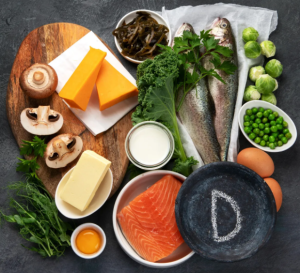
Whether you’re deficient in vitamin D or curious about natural ways to get it, here are some foods worth adding to your diet. Some of the best foods rich in vitamin D include fatty fish like salmon and sardines, egg yolks, and fortified foods like milk, yogurt, and cereals, as well as mushrooms treated with UV light. Vitamin D is one of the best defenders against attacks on your immune system. Vitamin D foods is goodness for your health.
Scientifically, sunlight is our primary source of vitamin D. However, when there’s a lack of sunlight, food is the best way to get the nutrient we need to stay healthy.Vitamin D has many benefits, from supporting muscle and nerve function to helping bones absorb calcium and, of course, boosting the immune system. Vitamin D is also added to some foods, including breakfast cereals, plant-based milks, and fat-free spreads, among others.
11 Best Foods high in vitamin D
1. Salmon
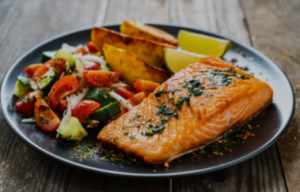
The amount of vitamin D you can get varies depending on the individual fish you consume. For example, one study found that farmed salmon contains 25% of the vitamin D content found in wild-caught salmon. Salmon, especially wild-caught, is an excellent source of vitamin D, with a 3.5-ounce serving containing about 500-1,000 IU. It’s a nutrient that plays an important role in bone health and immune function. Wild-caught salmon is generally higher in vitamin D than farmed salmon.
2. Swordfish
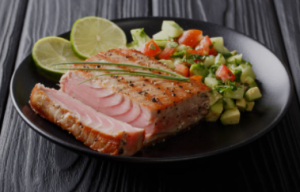
Swordfish is an excellent source of vitamin D. The USDA lists a 100-gram serving as containing 666 IU of vitamin D. That’s 600 IU of the daily recommendation for people ages 1 to 70, so cooking up some swordfish for dinner is an easy way to get your daily dose of vitamin D.
3. Tuna
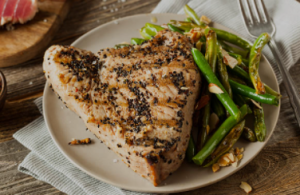
Tuna is a good source of vitamin D, especially canned light tuna, which offers about 150 IU per 4 ounces, while canned albacore tuna has about 50 IU per 4 ounces. Tuna, especially canned light tuna, is a good source of vitamin D, which is an essential nutrient for bone health, immune function, and overall health. According to the USDA, although not as much as salmon or swordfish, fresh yellow fin tuna still contains 82 IU of vitamin D per 100-gram serving. It can be a food to include as part of an overall diet rich in vitamin D. However, blue fin tuna has 227 IU of vitamin D per 100-gram serving, so you should check what kind of tuna you are eating.
4. Egg yolks
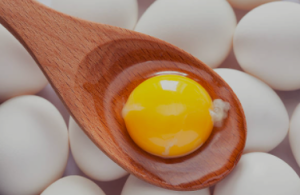
Egg yolks contain vitamin D, but you shouldn’t rely on eggs alone to get your daily vitamin D. One egg yolk contains about 40 IU of vitamin D. As listed by the USDA, one egg yolk contains a healthy 218 IU of vitamin D. Making a frittata with two eggs or some scrambled eggs in the morning will give you 436-IU of vitamin D. The vitamin D in eggs comes from the yolk, so it’s best to eat the whole egg. For the most nutrition, you should eat the yolk and white together.
5. Orange juice
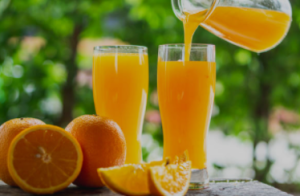
Oranges are more famous for their vitamin C content, but orange juice is often fortified with vitamin D to boost our health. One study found that both vitamin D2 and D3 were just as bioavailable in orange juice as in vitamin D capsules, meaning the body still absorbed the vitamins well. While natural oranges do not contain vitamin D, many brands fortify it daily with orange juice.
6. Fortified Milk
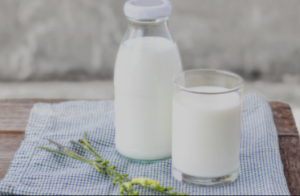
Like regular milk, almond milk is often high in vitamin D. For example, 1 cup of almond milk contains 2.62 micrograms, which is about 17% of a person’s DV. A cup of vitamin-fortified cow’s milk also contains the same amount. Milk is another beverage that is often fortified with vitamin D to help us get this valuable nutrient. Like orange juice, milk is not a natural source of vitamin D, but the FDA requires manufacturers to voluntarily add 84 IU of vitamin D3 per 100 grams of milk and 84 IU of D2 per 100 grams of plant-based milk alternatives.
7. Fortified Cereals
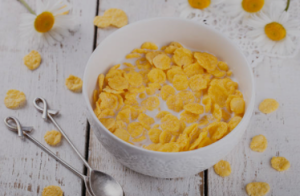
Another good way to get vitamin D is through cereals. There are many types of cereals that contain vitamin D. You just have to buy the best ones. The Mayo Clinic lists fortified cereals as a good source of vitamin D. You look for healthier brands of cereal, such as whole grain options, which are a good source of fortified with high levels of vitamin D, which is better for you overall. Perfectly round and deliciously crunchy, Cheerios cereal is rich in vitamin D, vitamin C, iron, and calcium. It’s also a great source of fiber. Or for breakfast cereals, look for the product labeled “fortified.”
8. Beef Liver
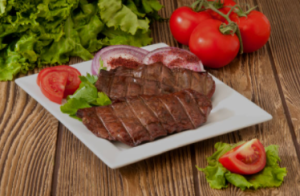
Beef liver contains vitamin D, but it’s also high in cholesterol and vitamin A, so it should be eaten in moderation. A 3-ounce serving of braised beef liver contains about 42 IU of vitamin D, which is 5% of the recommended daily value. Liver is a favorite food, but if you prefer beef liver more, it’s a better and better source of vitamin D. According to the USDA, pan-fried beef liver contains 40 IU of vitamin D, which can be measured in one ounce. A 3.5-ounce serving of cooked beef liver contains about 50 IU of vitamin D.
9. Sardines
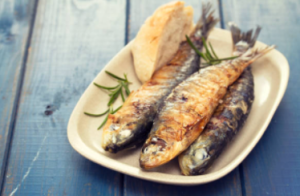
Sardines are a good source of vitamin D, especially vitamin D3, with a 3.5-ounce serving containing about 330.8 IU of vitamin D3. Sardines, along with other oily fish like salmon, mackerel, and herring, are known as excellent sources of vitamin D. The vitamin D found in sardines is primarily in the form of vitamin D3. This is another food that people really like. According to the USDA, 100 grams of canned sardines contain 193 IU of vitamin D. Based on the results, sardines are a good source of vitamin D.
10. Herring
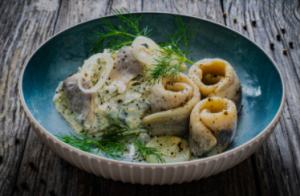
Herring is another type of fatty fish that is eaten out of the jar and on crackers, or you can cook it for dinner. According to the USDA, herring contains 214 IU of vitamin D per 100-gram serving. In fact, herring is a popular holiday food in the Midwest. During the cold, dark months, it is a popular food, and it contains a fairly high amount of vitamin D. If fresh fish is not your thing, pickled herring is also a good source of vitamin D. Herring contains vitamin B12, which supports many functions throughout the body, including brain function and the healthy maintenance of nerve cells.
11. Wild mushrooms
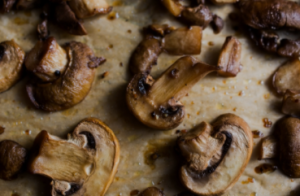
Wild mushrooms, especially those that are exposed to UV light, are a good source of vitamin D2, with some varieties such as chanterelles and morels, while mushrooms may contain smaller amounts. Wild mushrooms and mushrooms that have been treated with UV light are good sources of vitamin D, while mushrooms grown in dark conditions, such as white button, shiitake, and oyster mushrooms, are low in vitamin D. If you’re looking for vitamin D that doesn’t come from animal sources, mushrooms are great.

Leave a Reply